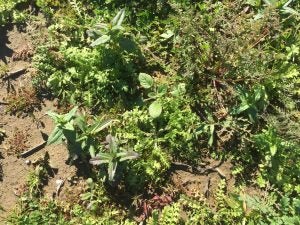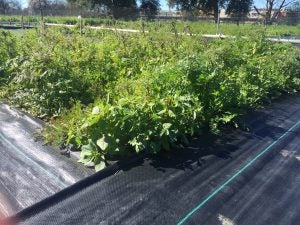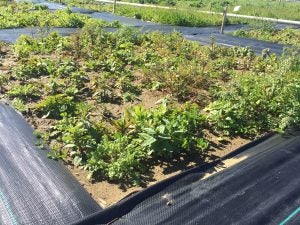The FFAR Project
A collaborative team from the Williams Lab, UC Davis Student Farm and Hedgerow Farms is exploring ways to design and implement resilient and high performing plant mixes for pollinator habitat in Northern California. This work is supported by the Foundation for Food and Agricultural Research and matching funds from California Department of Pesticide Research, Department of Entomology and Nematology and The College of Agriculture and Environmental Science- UC Davis
UC Davis Student Farm
Testing the role of seeding density and plant species richness on establishment and multi-year performance.
We are interested in how plots with different seeding densities and species diversities perform. How does the species composition of flowering plants they achieve compare to what was sown and how how well are they able to resist weed invasion over time? Changing seeding densities is a primary way practitioners can alter mix costs. These choice are also likely to impact mix performance. Little if any data have been collected to examine these questions in a replicated way.
Team leads:
Julia Schreiber, Katherine Borchardt, Blanca Preto, Neal Pope
Student Centered Research
In addition to our primary scientific goals our project is designed to promote the learning by undergraduates with diverse backgrounds and interests. Students who are interns on the production farm are learning about aspects of the science behind sustainable agriculture. They are part of our collaborative team collecting data on the performance of seed mixes of various diversity and seeding densities.
Meet the undergraduate Interns
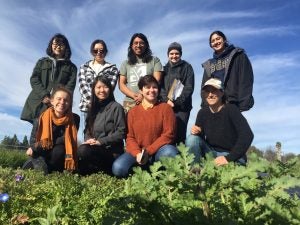
Plot design
Our design includes 3 levels of species diversity 9, 12 or 24 species per mix crossed by high (140 seed/ft2) , medium (70 seed/ft2), low (24 seed/ft2) densities. Species identities are drawn randomly without replacement from a larger regional species pool. This avoids confounding a species identity with the effect of richness and density.
Plot preparation & Seed mixing
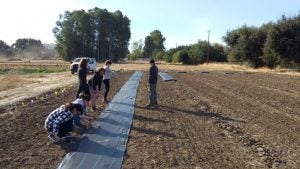
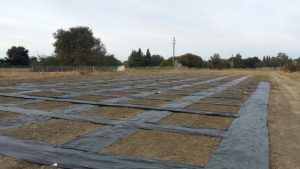
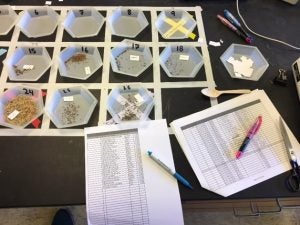
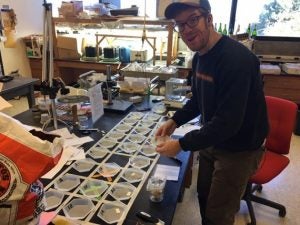
Seeding, October 2018
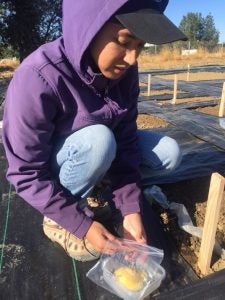
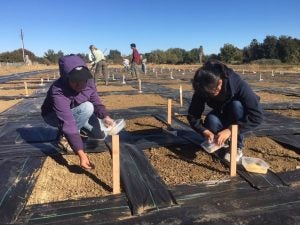
Plots in January 2019. Great establishment
